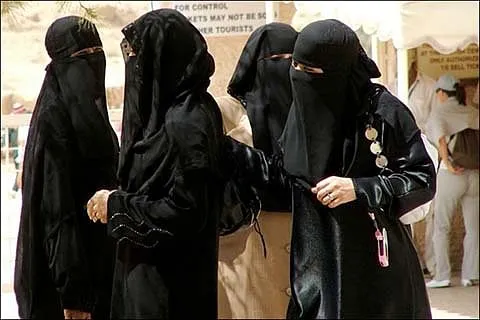Riddhi Goyal
Human rights are the standards that recognise and protect the dignity of all human beings. Human rights are the rights that govern how human beings live in a society with each other as well as with the State. These are the basic rights that each human being is entitled to, from birth till death. These rights are applied regardless of your place of residence, your beliefs, and your ideologies. Human rights can in no way be snatched from an individual and if, in any case, there is an attempt for doing so, there are multiple remedies against it. The foundation of human rights is shared values like living your life with dignity, fairness, equality, etc.
Time and again, there have been several instances where women have been deprived of their rights. One of the prevalent practices worldwide which is a violation of the human rights of children and women in the current times is Female Genital Mutilation (FGM) which is also known as Female Circumcision (FC). It refers to all the traditional practices that involve partial or total removing of the female external genitalia or other injuries to the female genital organs for non-medical reasons. In simple words, Female Genital Mutilation is a process through which the external genitalia (a part of the vagina) are partially damaged to consider the girl child “pure” till her marriage. This practice is often done for cultural, religious, and sociological reasons. Female genital mutilation has been endorsed by various communities as a practice for controlling girls’ sexuality or safeguarding their chastity. Since in many societies this practice is considered to be a pre-requisite for marriage, most parents forcefully make their daughters undergo female genital mutilation because of societal pressure. It is considered to be a rite of passage for females. It is a severely painful process that leaves significant long-term psychological and physical side effects to the victims. Female genital mutilation can cause severe health issues or even death in the worst scenarios. Not just the immediate threat to life, it can leave certain issues behind that can lead to complications during childbirth.
On the international front, female genital mutilation has been recognised as a violation of the fundamental human rights of female child; but it is still a prevalent practice across the globe. UNICEF and the United Nations Population Fund (UNFPA) jointly lead the largest global programme to end the practice of Female Genital Mutilation. Internationally, female genital mutilation, in any form, is considered to be a gross violation of the fundamental human rights of the girl child and women. Not only this, it is a violation of the right to health, the right to be free from discrimination, and the right to physical and sexual integrity. This heinous process in a maximum of cases lacks the consent of the child.
Although there has been no clear evidence of the origin of this practice, some reports suggest that it traces its origin from ancient Egypt. Most females have to undergo this painful process before attaining the age of fifteen. The foremost objective behind this traditional practice is to deny women the ability to have pleasurable sexual intercourse and to reserve their sexuality for their husbands. It is a secret process and need not be informed to anyone.
There is no definite process of this practice, different communities practice it in distinct ways and some of them are highly extensive, causing severe health issues to the young girls. According to the recent classification published by the World Health Organisation, there are four major types of female genital mutilation, i.e clitoridectomy, excision, infibulation, and a general category named “other”. The process is usually carried out by the elderly women of the community without any medical assistance.
In India, the practice of female genital mutilation is also termed as “Khatana” and is considered to be because of “Khafd” which is to ensure that the sexuality of the women is controlled before marriage. In India, Female Genital Mutilation is a prevalent practice amongst a small community. In India, this practice is considered to be violative of Article 14 of the Indian Constitution as the practice is seen as gender-biased. In the year 2018, a three-judge Bench comprising then Chief Justice of India, Dipak Misra, Justice D.Y Chandrachud, and Justice AM Khanwilkar heard a case wherein a Public Interest Litigation was filed seeking a ban on the practice of Female genital Mutilation. The Respondents, Dawoodi Bohra community argued that the practice cannot be curbed since the Indian Constitution grants religious freedom under Article 25. It was observed by the Supreme Court that the practice of Female Genital Mutilation is violative of Articles 15 and 21 of the Indian Constitution. While delivering the judgment, then CJI Dipak Misra said, “it is violative of Article 21 of the Indian Constitution as it puts the female child to the trauma of female genital mutilation”. Hence, in India, the practice of Female Genital Mutilation or “Khatana” was declared to be an illegal act.
In recent years, there have been several instances across the globe where female genital mutilation survivors have come up and spoken against this heinous practice committed against them. Reports suggest that by 2030, the world might be free of this practice. It is imperative for governments all over the globe to not only criminalise this practice but also ensure that it is not practiced, and build a multi-strategy approach for the same.
Disclaimer: The views and opinions expressed in this article are the personal opinions of the author. The facts, analysis, assumptions and perspective appearing in the article do not reflect the views of GK.






